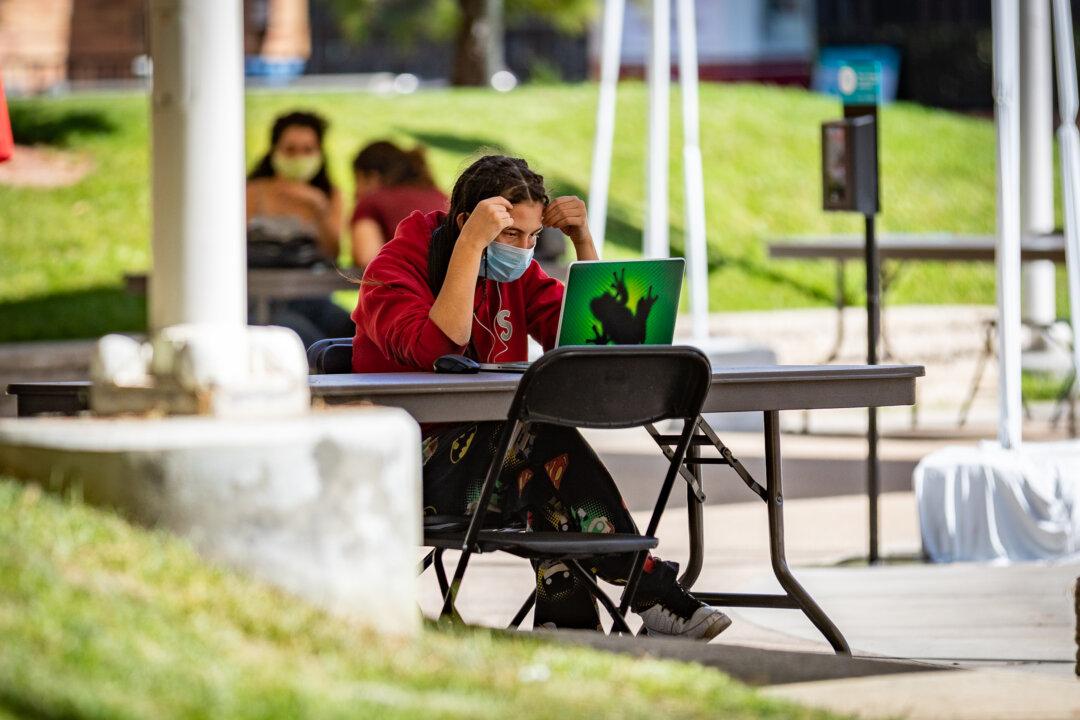A $10 billion education construction measure passed both houses of the California Legislature and was approved by the governor July 3, ensuring it will be placed on the November ballot.
The Senate passed the bill with a vote of 34–3. Republican Sens. Brian Dahle, Brian Jones, and Kelly Seyarto voted against the bill.





